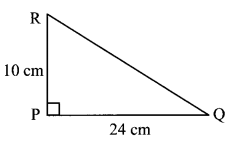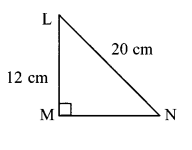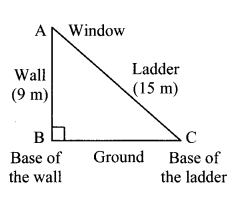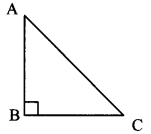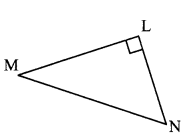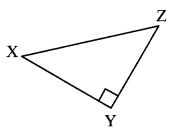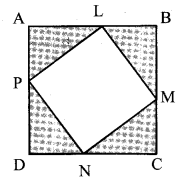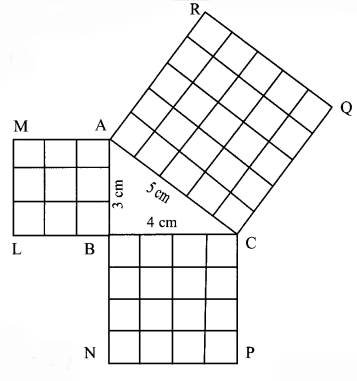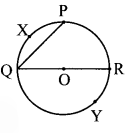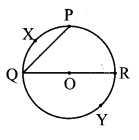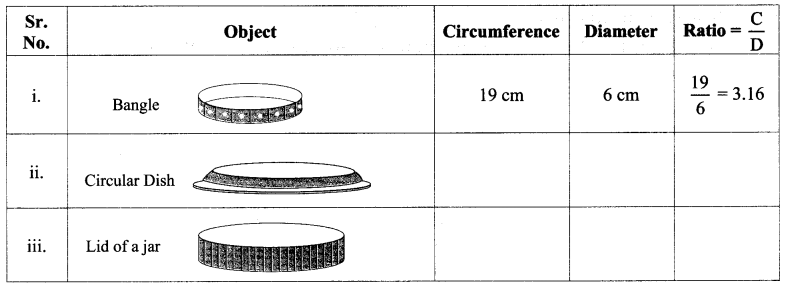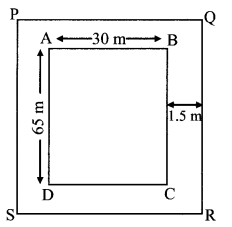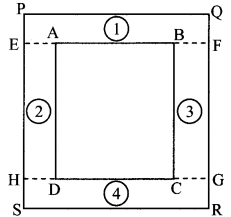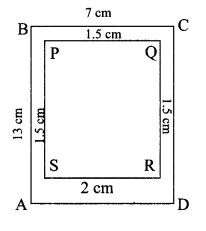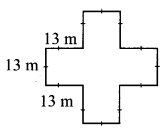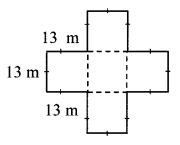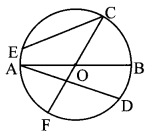Balbharti Maharashtra State Board Class 7 Maths Solutions covers the 7th Std Maths Practice Set 53 Answers Solutions Chapter 14 Algebraic Formulae – Expansion of Squares.
Algebraic Formulae – Expansion of Squares Class 7 Practice Set 53 Answers Solutions Chapter 14
Question 1.
Factorize the following expressions:
i. p² – q²
ii. 4x² – 25y²
iii. y² – 4
iv. \(\mathrm{p}^{2}-\frac{1}{25}\)
v. \(9 x^{2}-\frac{1}{16} y^{2}\)
vi. \(x^{2}-\frac{1}{x^{2}}\)
vii. a²b – ab
viii. 4x²y – 6x²
ix. \(\frac{1}{2} y^{2}-8 z^{2}\)
x. 2x² – 8y²
Solution:
i. p² – q²
Here, a = p, b = q
∴ p² – q² = (p + q)(p – q)
….[(a² – b²) = (a + b)(a – b)]
ii. 4x² – 25y²
= (2x)² – (5y)²
Here, a = 2x, b = 5y
∴ (2x)² – (5y)² = (2x + 5y)(2x – 5y)
….[(a² – b²) = (a + b)(a – b)]
iii. y² – 4
= y² – 2²
Here, a = y, b = 2
∴ y² – 2² = (y + 2)(y – 2)
….[(a² – b²) = (a + b)(a – b)]
iv. \(\mathrm{p}^{2}-\frac{1}{25}\)
Here a = \(\frac { 1 }{ 25 }\), b = \(\frac { 1 }{ 5 }\)
\(p^{2}-\left(\frac{1}{5}\right)^{2}=\left(p+\frac{1}{5}\right)\left(p-\frac{1}{5}\right)\)
….[(a² – b²) = (a + b)(a – b)]
v. \(9 x^{2}-\frac{1}{16} y^{2}\)
Here a = 3x, b = \(\frac { 1 }{ 4 }y\)
∴\((3 x)^{2}-\left(\frac{1}{4} y\right)^{2}=\left(3 x+\frac{1}{4} y\right)\left(3 x-\frac{1}{4} y\right)\)
….[(a² – b²) = (a + b)(a – b)]
vi. \(x^{2}-\frac{1}{x^{2}}\)
Here a = x, b = \(\frac { 1 }{ x }\)
\(x^{2}-\left(\frac{1}{x}\right)^{2}=\left(x+\frac{1}{x}\right)\left(x-\frac{1}{x}\right)\)
….[(a² – b²) = (a + b)(a – b)]
vii. a²b – ab
= a (ab – b)
= ab (a – 1)
viii. 4x²y – 6x²
= 2 (2x²y – 3x²)
= 2x² (2y – 3)
ix. \(\frac{1}{2} y^{2}-8 z^{2}\)
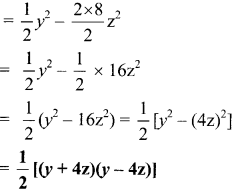
x. 2x² – 8y²
= 2 (x² – 4y²)
= 2 [x² – (2y)²]
= 2(x + 2y)(x – 2y)
….[(a² – b²) = (a + b)(a – b)]

